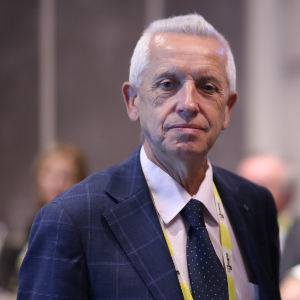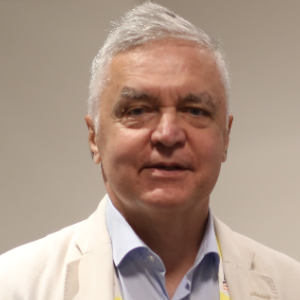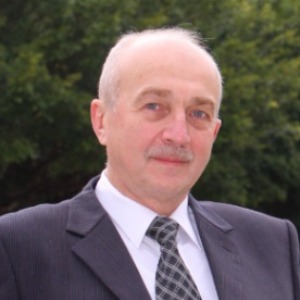- Biomass conversion
- CO2 conversion
- Hydrogen production
- Bio-derived compounds upgrading
- Syngas & methane conversion
- Catalytic technologies for fossil fuels
- Catalysis for fuel cells
Heterogeneous catalysis operates a principal role in the global energy criterion, with practically all energy-related processes relying on a catalyst at a specific point. The application of heterogeneous catalysts will be of supreme importance to achieve the transition towards low carbon and sustainable societies.
Catalysis is a break-through science for prospective sustainable energy since it turnovers rather than stoichiometrically utilizing active materials, and it also lowers the activation energy for chemical reactions.
Catalysts are also significant in our goal of increasing the adoption of renewable energy sources. One such source is the change of plant biomass into carbon-neutral liquid fuels. The method uses the same technology as the traditional Fischer-Tropsch process, however, due impure chemical nature of plant matter, the catalysts used in this process need to be more repellent to catalytic poisoning, a process where undesired reactants react with the catalyst in such a way that it decreases its outcomes towards the aspired product.
The solar industry is also peering into using catalysts as a means of energy storage. Solar is very dependent on daylight and weather, thus one of the greatest challenges to the implementation of solar is the storage problem. Water splitting catalysts offers an exceptional potential solution to that problem. Applying just water, the excess voltage generated by solar can be applied to split water into hydrogen and oxygen, which can be then recombined at a later time in a fuel cell in order to deliver electricity. The Catalyst, in that situation, is critical in reducing the overpotential required to make the kinetics of the water-splitting reaction, thus decreasing translation losses in energy.

Stanislaw Dzwigaj
Sorbonne University, France
Dai Yeun Jeong
Asia Climate Change Education Center, Korea, Republic of
Sergey Suchkov
N.D. Zelinskii Institute for Organic Chemistry of the Russian Academy of Sciences, Russian Federation
Enrico Paris
CREA-IT & DIAEE, Italy
Rabeharitsara Andry Tahina
GPCI-ESPA Antananarivo University, Madagascar
Jiri Dedecek
J Heyrovsky Institute of Physical Chemistry , Czech Republic
Uday Som
Research and Development Engineer, Japan
Vladimir G Chigrinov
Hong Kong University of Science and Technology, Russian Federation



Title : Distant binuclear vanadium V(II) cationic sites in zeolites and their reactivity
Jiri Dedecek, J Heyrovsky Institute of Physical Chemistry , Czech Republic
Title : Advanced nanostructures for carbon neutrality and sustainable H₂ energy
Tokeer Ahmad, Jamia Millia Islamia, India
Title : Personalized and Precision Medicine (PPM) as a unique healthcare model via bi-odesign, bio- and chemical engineering, translational applications, and upgraded business modeling to secure the human healthcare and biosafety
Sergey Suchkov, N.D. Zelinskii Institute for Organic Chemistry of the Russian Academy of Sciences, Russian Federation
Title : Antibody-proteases as a generation of unique biomarkers, biocatalysts, potential targets and translational tools towards nanodesign-driven biochemical engineering and precision medical practice
Sergey Suchkov, N.D. Zelinskii Institute for Organic Chemistry of the Russian Academy of Sciences, Russian Federation
Title : Dimethyl ether synthesis from syngas over Cu-Zn/Al2O3 catalysts prepared using the Sol-Gel method
Uday Som, Research and Development Engineer, Japan
Title : Influence of various catalysts on H₂ enhancement and CO2 capture during syngas upgrading
Enrico Paris, CREA-IT & DIAEE, Italy
Title : Photoaligned azodye nanolayers : New nanotechnology for liquid crystal devices
Vladimir G Chigrinov, Hong Kong University of Science and Technology, Russian Federation
Title : Application of vanadium, tantalum and chromium single-site zeolite catalysts in catalysis
Stanislaw Dzwigaj, Sorbonne University, France
Title : Advances in heterogeneous catalysis for green conversion of propene to aldehydes and alcohols
Ram Sambhar Shukla, CSIR-Central Salt and Marine Chemicals Research Institute (CSMCRI), India
Title : Oxidation of methane to methanol over pairs of transition metal ions stabilized in the zeolite matrices
Jiri Dedecek, J Heyrovsky Institute of Physical Chemistry , Czech Republic